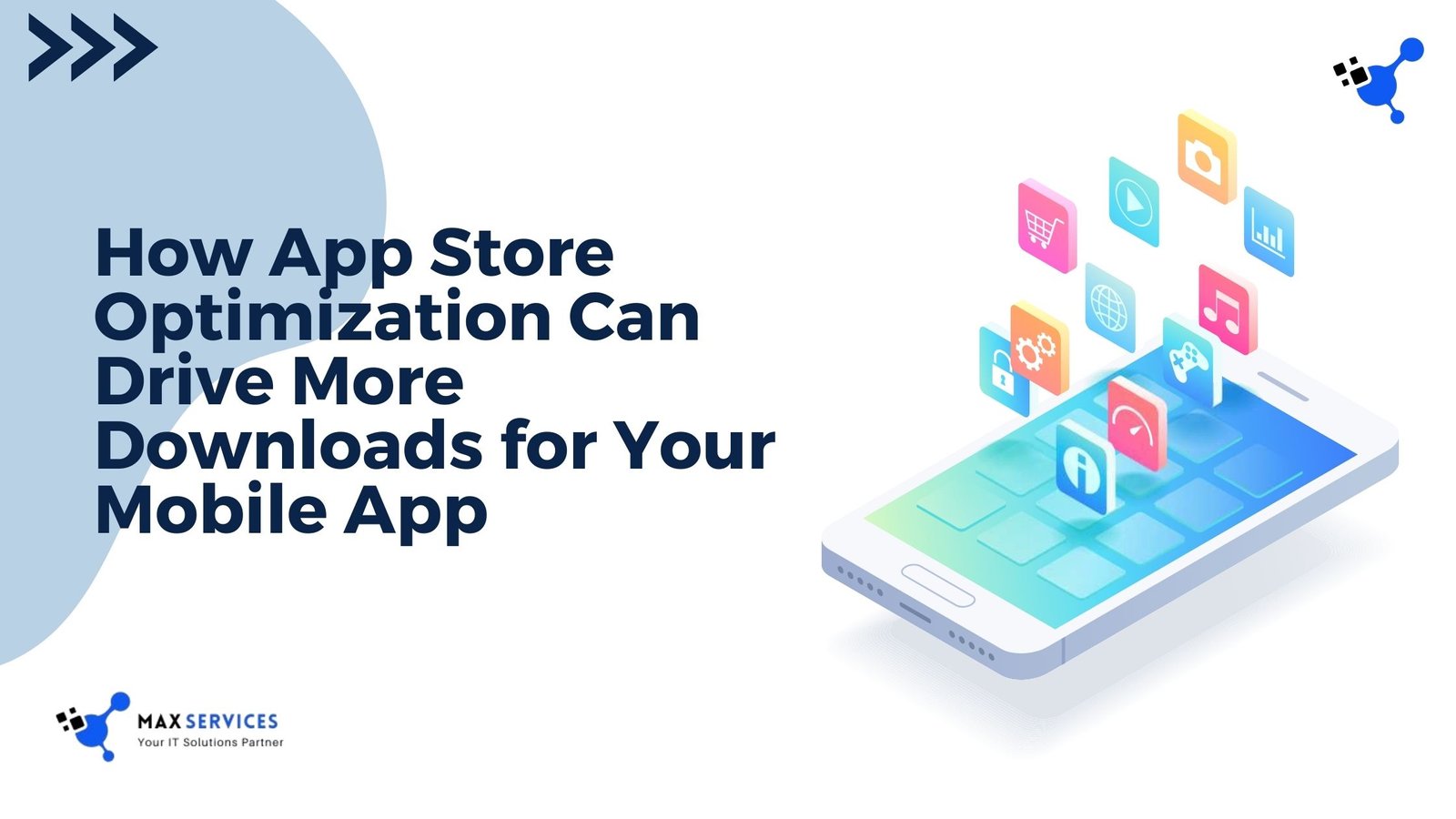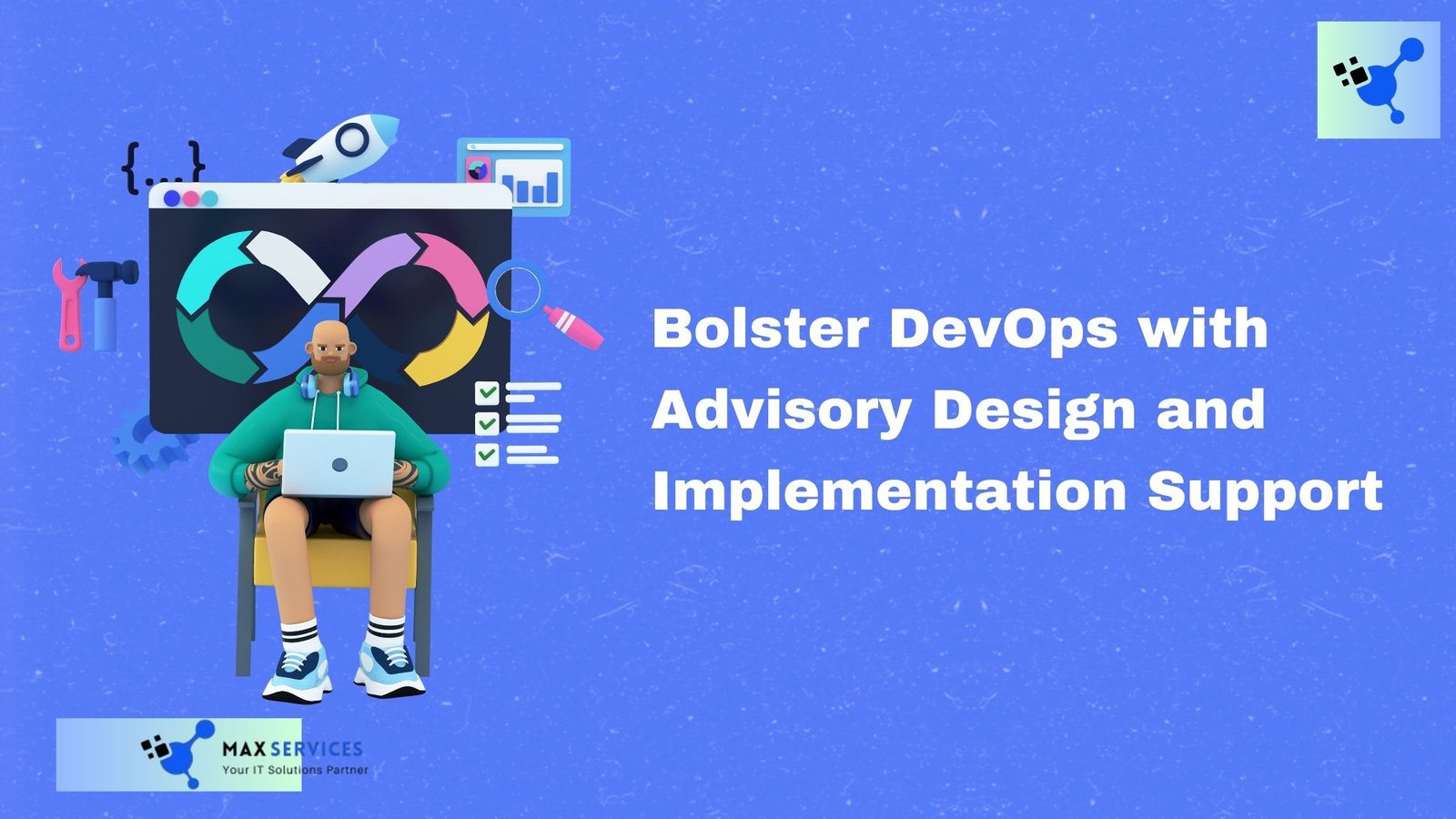
Blockchain development has emerged in software development as a groundbreaking innovation with the potential to revolutionize industries ranging from finance to healthcare. Its decentralized, transparent, and secure nature makes it an attractive solution for numerous challenges in traditional systems.
What is Blockchain?
Blockchain development is a decentralized digital ledger designed to record transactions across a network of computers. Each transaction is securely stored in a “block,” which is then linked sequentially to form a “chain.”
Key characteristics of blockchain technology include:
- Decentralization: Data is distributed across numerous nodes, removing the need for a central authority.
- Immutability: Once recorded, data cannot be altered or deleted without network consensus.
- Transparency: All transactions are visible to participants within the network, fostering trust.
- Security: Advanced cryptographic algorithms protect data, ensuring it remains tamper-proof and secure.
Types of Blockchain
- Public Blockchain
- Open to everyone.
- Examples: Bitcoin, Ethereum.
- Private Blockchain
- Access is restricted to specific participants.
- Common in enterprise settings.
- Consortium Blockchain
- Controlled by a group of organizations.
- Examples: Hyperledger Fabric, R3 Corda.
- Hybrid Blockchain
- Combines elements of public and private blockchains.
- Balances transparency and confidentiality.
Core Components of Blockchain
- Blocks:
- Each block contains data, a timestamp, a hash of the previous block, and a unique hash.
- Consensus Mechanisms:
- Ensure agreement on the validity of transactions.
- Examples: Proof of Work (PoW), Proof of Stake (PoS), Delegated Proof of Stake (DPoS), Byzantine Fault Tolerance (BFT).
- Smart Contracts:
- Self-executing contracts with predefined rules.
- Run on blockchain networks like Ethereum.
Blockchain Development Tools
Blockchain development applications requires specialized tools.
- Programming Languages:
- Solidity: For Ethereum smart contracts.
- Rust: For Polkadot and Solana.
- Golang: Used in Hyperledger Fabric.
- Python and JavaScript: For blockchain-related applications.
- Frameworks and Platforms:
- Hyperledger Fabric: Ideal for private and permissioned blockchains.
- Corda: Focuses on enterprise solutions.
- Polkadot: Enables interoperability between blockchains.
- Solana: Known for high performance and low latency.
- Development Environments:
- Hardhat: A versatile software development environment for Ethereum.
- APIs and Libraries:
- Web3.js: Interact with Ethereum nodes.
- Ethers.js: A lightweight alternative to Web3.js.
- Bitcore: For Bitcoin applications.
- IPFS (InterPlanetary File System): Decentralized storage solution.
Steps in Blockchain Development
- Define Objectives:
- Identify the problem your blockchain solution will solve.
- Choose the type of blockchain (public, private, or consortium).
- Design the Architecture:
- Decide on the consensus mechanism.
- Define the network structure (permissioned vs. permissionless).
- Develop Smart Contracts:
- Test contracts rigorously to avoid vulnerabilities.
- Set Up the Network:
- Configure nodes and establish communication protocols.
- Use tools like Docker for containerized deployment.
- Testing:
- Conduct unit, integration, and end-to-end testing.
- Use testing frameworks like Mocha or Chai.
- Deployment:
- Launch the blockchain on a mainnet or testnet.
- Monitor network performance and security.
Challenges in Blockchain Development
Scalability:
- High transaction volumes can strain the network.
- Solutions: Layer 2 scaling, sharding, and off-chain transactions.
Security:
- Solutions: Code audits, bug bounties, and secure coding practices.
Interoperability:
- Difficulty in communication between different blockchains.
- Solutions: Cross-chain bridges and interoperability protocols like Polkadot.
Regulatory Compliance:
- Navigating legal frameworks and ensuring adherence to regulations.
User Experience:
- Complex interfaces can deter adoption.
- Solutions: Simplify dApp interfaces and provide comprehensive documentation.
Real-World Applications of Blockchain development
Finance:
- Cryptocurrencies: Bitcoin, Ethereum.
- DeFi (Decentralized Finance): Lending, borrowing, and trading platforms.
Supply Chain Management:
- Track goods from origin to destination.
- Examples: IBM Food Trust, VeChain.
Healthcare:
- Secure patient records.
- Enable interoperability between healthcare providers.
Gaming:
- Ownership of in-game assets through NFTs.
- Examples: Axie Infinity, Decentraland.
Identity Management:
- Decentralized identity verification systems.
- Examples: Civic, uPort.
Real Estate:
- Tokenization of assets and transparent property transactions.
Energy:
- Peer-to-peer energy trading platforms.
- Examples: Power Ledger.
Voting Systems:
- Secure and transparent electronic voting.
Future Trends in Blockchain Development
- Blockchain Interoperability: Seamless communication between different blockchain networks.
- Decentralized Autonomous Organizations (DAOs): Organizations governed by smart contracts.
- Green Blockchain: Eco-friendly consensus mechanisms like Proof of Stake.
- Central Bank Digital Currencies (CBDCs): Blockchain-based digital currencies issued by central banks.
- AI and Blockchain Integration: Enhance decision-making in decentralized systems.
Conclusion
Blockchain development is a dynamic field with immense potential to transform industries. By understanding its principles, tools, and applications, developers and organizations can harness its power to create innovative solutions. As the technology continues to evolve, staying updated with the latest trends and best practices will be crucial for success.


